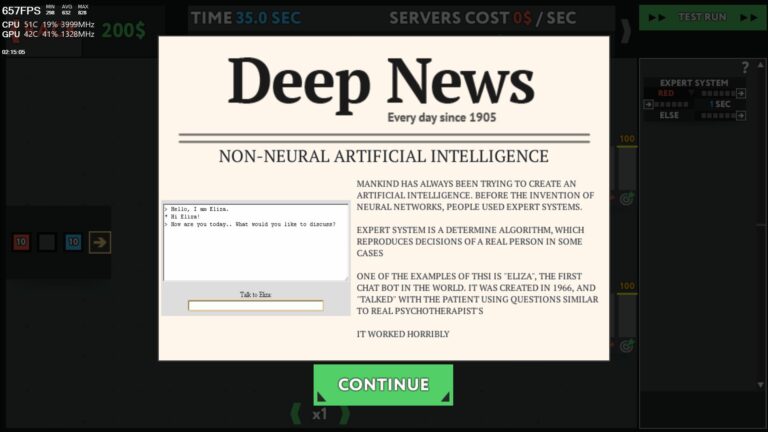
It has been said in other words that async IO gives a feeling of concurrency despite using a single thread in a single process. In fact, async IO is a single-threaded, single-process design: it uses cooperative multitasking, a term that you’ll flesh out by the end of this tutorial. It is not built on top of either of these. However, async IO is not threading, nor is it multiprocessing. The asyncio package is billed by the Python documentation as a library to write concurrent code. To be clear, async IO is not a newly invented concept, and it has existed or is being built into other languages and runtime environments, such as Go, C#, or Scala.

Over the last few years, a separate design has been more comprehensively built into CPython: asynchronous IO, enabled through the standard library’s asyncio package and the new async and await language keywords. Now it’s time to bring a new member to the mix. The Python standard library has offered longstanding support for both of these through its multiprocessing, threading, and concurrent.futures packages. Multiprocessing is a form of parallelism, with parallelism being a specific type (subset) of concurrency. To recap the above, concurrency encompasses both multiprocessing (ideal for CPU-bound tasks) and threading (suited for IO-bound tasks). While a CPU-bound task is characterized by the computer’s cores continually working hard from start to finish, an IO-bound job is dominated by a lot of waiting on input/output to complete. What’s important to know about threading is that it’s better for IO-bound tasks. Python has a complicated relationship with threading thanks to its GIL, but that’s beyond the scope of this article. One process can contain multiple threads. Threading is a concurrent execution model whereby multiple threads take turns executing tasks. (There’s a saying that concurrency does not imply parallelism.) It suggests that multiple tasks have the ability to run in an overlapping manner. Multiprocessing is well-suited for CPU-bound tasks: tightly bound for loops and mathematical computations usually fall into this category.Ĭoncurrency is a slightly broader term than parallelism. Multiprocessing is a means to effect parallelism, and it entails spreading tasks over a computer’s central processing units (CPUs, or cores). Parallelism consists of performing multiple operations at the same time. While this article focuses on async IO and its implementation in Python, it’s worth taking a minute to compare async IO to its counterparts in order to have context about how async IO fits into the larger, sometimes dizzying puzzle. Where Does Async IO Fit In?Ĭoncurrency and parallelism are expansive subjects that are not easy to wade into. This section will give you a fuller picture of what async IO is and how it fits into its surrounding landscape. Remove ads The 10,000-Foot View of Async IOĪsync IO is a bit lesser known than its tried-and-true cousins, multiprocessing and threading.
While true game walkthrough generator#
This tutorial is built to help you answer that question, giving you a firmer grasp of Python’s approach to async IO.Īsynchronous IO (async IO): a language-agnostic paradigm (model) that has implementations across a host of programming languagesĪsync/ await: two new Python keywords that are used to define coroutinesĪsyncio: the Python package that provides a foundation and API for running and managing coroutinesĬoroutines (specialized generator functions) are the heart of async IO in Python, and we’ll dive into them later on. You may be thinking with dread, “Concurrency, parallelism, threading, multiprocessing. Watch it together with the written tutorial to deepen your understanding: Hands-On Python 3 Concurrency With the asyncio ModuleĪsync IO is a concurrent programming design that has received dedicated support in Python, evolving rapidly from Python 3.4 through 3.7, and probably beyond. If you get stuck in the game, check out the video walkthrough and gameplay for the game.Watch Now This tutorial has a related video course created by the Real Python team.

Receive emails, accept contracts, sit alone in a dark room for days without saying a single word. You’ll have to work as a freelancer with all the excitement that comes along with it. You must learn all to know about machine learning and use visual programming to build a cat-to-human speech recognition system. You will play as a coder who accidentally found out that your cat is extremely good at coding, but not as good at speaking human language. Earn a fortune, buy kickass cat outfits and learn how machine learning really works. Now you must solve puzzles to build a cat-to-human translation system. You’re a machine learning specialist who makes neural networks but your cat seems to be better at it.
While true game walkthrough simulator#
While True: Learn is a unique programming puzzle simulator from Luden.io.


 0 kommentar(er)
0 kommentar(er)
